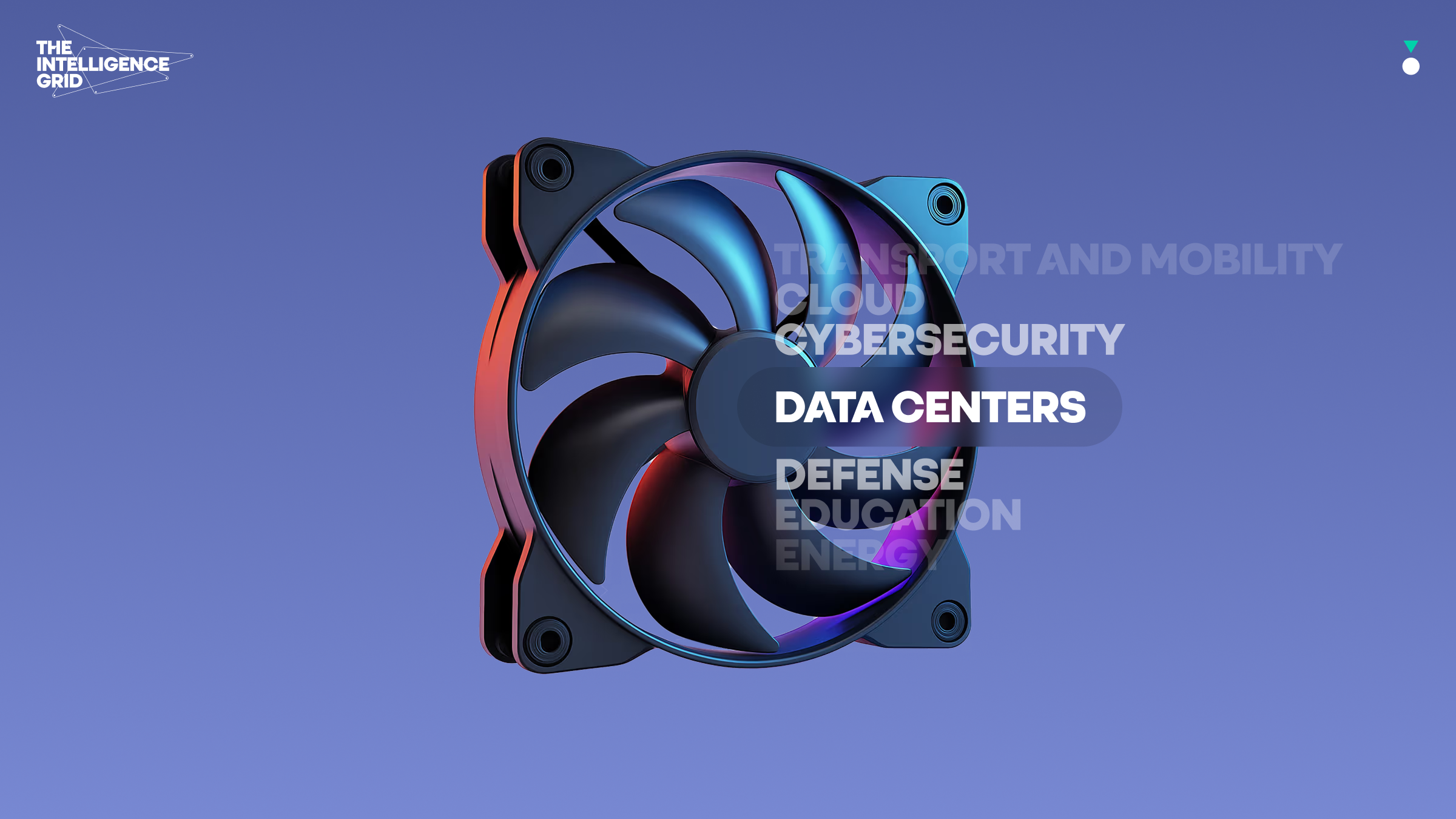
We’re creating new experiences with AI – but we still need imagination
If you watch the news or glance at your LinkedIn feed, you might feel like we’ve reached a saturation point when it comes to AI. It dominates stories, from tech to health to education and beyond. And hi, here we are, adding another perspective to the mix.
Stay with us. Because for all the talk, businesses can struggle to know how to get the best out of these new tools. Is generative AI really the answer to creating content at scale? And what does that mean for human creativity?
I could reel off all the different AI activations we’ve delivered to date. But one special example stands out with the work we’ve just completed for G42.
AI love a challenge
As an AI, cloud and data powerhouse, G42 is a driving force behind the UAE’s mission to become a global AI hub.
Last year we built a 3D navigable city to represent The Intelligence Grid, demonstrating for GITEX 2024 event visitors how G42 and its portfolio of companies are making AI a super-utility that will change our world, just like electricity once did.
This summer, G42 challenged us to update our original creation, altering its structure and developing a look and feel to match its new brand identity. G42 wanted us to not just tell its AI story, but actively use generative AI to create the image and video elements that shape the experience.
Our aim was to build an experience that invites people to explore G42's nine operating companies and the impact their work is having across industries. It sounds simple, but creating a generative AI pipeline that could meet the scale of this new experience – under a tight deadline – was new territory for everyone.
A custom approach
We began the way we always do. By getting our heads together – and drawing on the knowledge of our own internal AI working group – we came up with a clear, two-step plan.
First, we had to establish how the new navigation and storytelling could work. We realised this meant building a custom content management system (CMS) to house the structure of the experience.
Starting from scratch gave us more creative freedom, but also posed a challenge. Our solution needed to ensure that code and content were effectively and reliably accelerated by AI, while ensuring the content delivered was always of high quality.
Building the pipeline
Using AI coding software, we built a platform that would serve as the foundation of the generative AI pipeline in just weeks.
We integrated AI generation and video processing automation into the CMS, creating a pipeline where editors could suggest prompts for the AI to generate multiple images before animating them.
Once the system was up and running, we could create more than 150 videos in a matter of days. This would have been impossible without generative AI.
AI powered by imagination
But there was one other key ingredient. Without our team of strategists, designers, writers and developers working out how we could use AI to accelerate our content creation process, we simply couldn’t have delivered a project of this scale as quickly as we did.
For weeks, we were in a state of intense creative and collaborative flow, using AI to rapidly prototype ideas that we could interrogate, validate and choose from. We could have challenged AI to figure out what we needed to do, but no model for this system has ever been created. It’s not in the training data.
Instead, we took a leap of imagination to create something that had never been done before.
We explored the power of human imagination in depth in our latest report, The business of imagination. And we had yet more confirmation of its value in the positive reactions we got from the audience at G42’s Supercharged event in June.
We’re learning again and again that AI content creation is only as valuable as the imagination we use to deploy it. And the best way to do that? Bring your cross-functional experience together and start imagining what’s possible.
Try things. See what works. Marvel at the power of AI. But don’t expect the tools to do it (all) for you.


